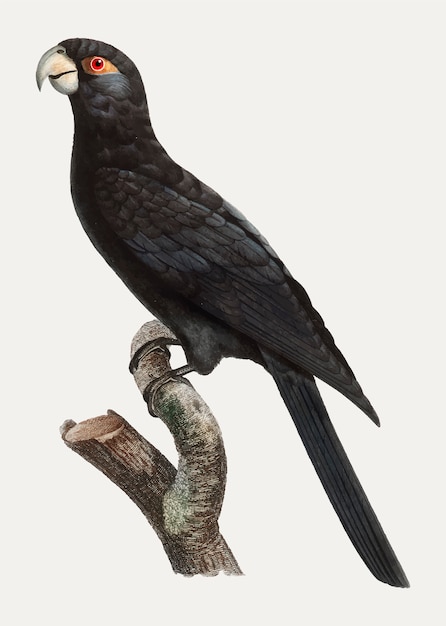Madagascar, a place that often stirs up images of a wild, untouched paradise filled with unique animals, lush rainforests, and endless white sand beaches. It’s a place that seems so distant and exotic that it’s almost like something out of a movie. But the reality is quite different from the fantasy.
Despite the fact that only a small number of people visit each year, the Madagascar we imagine is not the one that truly exists. The country has been heavily impacted by mining, deforestation, and climate change, making it far less lush than it once was. It’s not as wild and exotic as we might think.
However, that doesn’t mean it’s not beautiful. From deserts that could be straight out of a sci-fi movie to tiny tropical rainforests, valleys filled with rice fields, and towering mountains, Madagascar is still incredibly magical and raw.
During my visit, I was lucky enough to see lemurs, one of the country’s most famous inhabitants. There are over 60 species in the country, and seeing them was definitely a highlight of the trip. I also got to see the beautiful valleys, colorful birds, and the famous baobab trees.
But it wasn’t all easy. The poor infrastructure in Madagascar makes the country hard to navigate. There’s literally one highway going north-south. And while there are many beautiful sights, there are also many challenges, like the need to always be on the lookout for thieves.
Despite these challenges, I found joy in the simple things, like eating the local samosa tasting spring roll, which was both delicious and budget-friendly. I also enjoyed the company of my guide, Patrick, who was a wealth of knowledge about the country.
However, sixteen days was not nearly enough time to fully explore a country the size of France, especially given the lack of decent infrastructure. There was so much I missed, but I’m grateful for everything I did see. And who knows, maybe it’s just another reason to go back.
